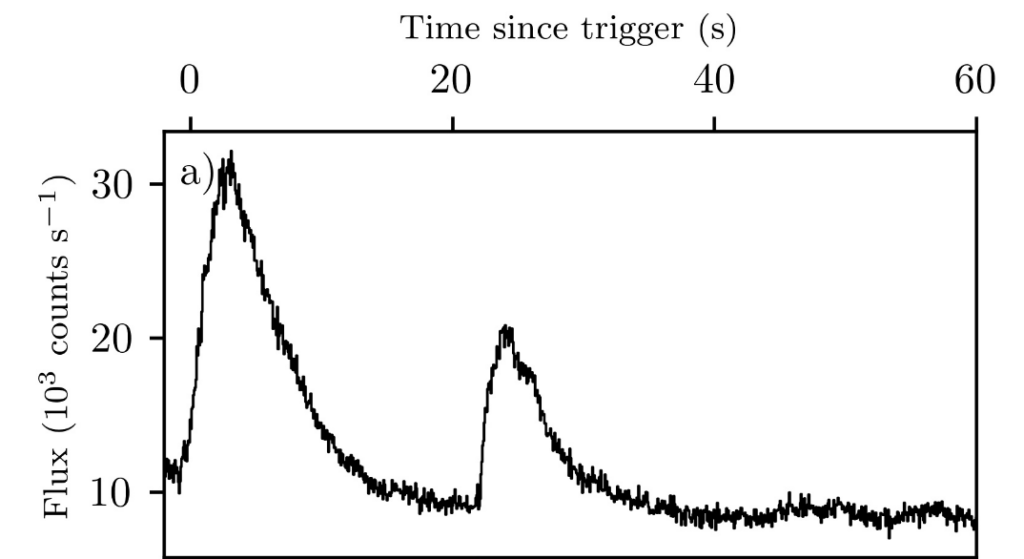Black holes are divided, based on their mass, into supermassive black holes (SMBHs) with masses more than 1 million Suns together that reside in the centre of the galaxies and stellar black holes with masses up to 20 times the mass of our Sun. The mechanism that creates the later, is well understood however, the origin of SMBHs remains uncertain. One possible scenario that has been proposed is that supermassive black holes are formed from smaller intermediate mass black holes that merge together. However, they are hard to detect and only a few candidates have been found so far.
Intermediate-mass black holes is a class of black holes with mass 100 up to 100 thousands times the mass of the Sun. These medium-size objects are a long-sought missing link in black hole evolution. They are probably formed when large stars or stellar-mass black holes merge in the centers of globular clusters, so they tend to be obscured within a dense cluster of bright stars. Intermediate black holes usually aren’t active, so we also can’t identify them by their jets or intense x-ray emission. But they should be fairly common – it’s estimated that about 45,000 intermediate-mass black holes could be in the vicinity of our galaxy.

The team used the gravitational lensing technique to identify one of them. As the light emitted by distant objects passes by other massive objects in the universe, the gravitational pull from these objects can distort or bend the light (Image above). This is called gravitational lensing. Strong gravitational lensing can actually result in strongly bent light that multiple images of the light-emitting galaxy are formed (Images below).

In this study, the distant object (the gravitationally lensed one) was a short gamma-ray burst, called GRB 950830. Gamma-ray bursts are the strongest and brightest explosions in the universe, thought to be generated during the formation of black holes. Though they last mere seconds, gamma-ray bursts produce as much energy as the Sun will emit during its entire 10-billion-year existence. The intense radiation of most observed GRBs is thought to be released during a supernova as a high-mass star implodes to form a neutron star or a black hole. A subclass of GRBs (the “short” bursts) appear to originate from the merger of binary neutron stars. Usually, a GRB will occur as a single flash lasting about half a second, but sometimes we’ll see two flashes that are in the same general region of the sky at nearly the same time. Now that could just be random chance, but it’s more likely that the two flashes were caused by the same GRB, but appear as multiple flashes because of gravitational lensing.

The team analyzed the pattern and spectrum of this double flashes to show that the second one was an echo of the first. This confirmed that the event was gravitationally lensed by a mass between the GRB and the Earth. Then, they used the timing of the two bursts to calculate to determine the cause. They found the data was consistent with an intermediate-mass black hole of about 55,000 solar masses.
This work led by Dr. James Paynter was published in Nature Astronomy in 29 March 2021 with the title: ”Evidence for an intermediate-mass black hole from a gravitationally lensed gamma-ray burst”. Source: Nature Astronomy, sci-news, Universetoday
